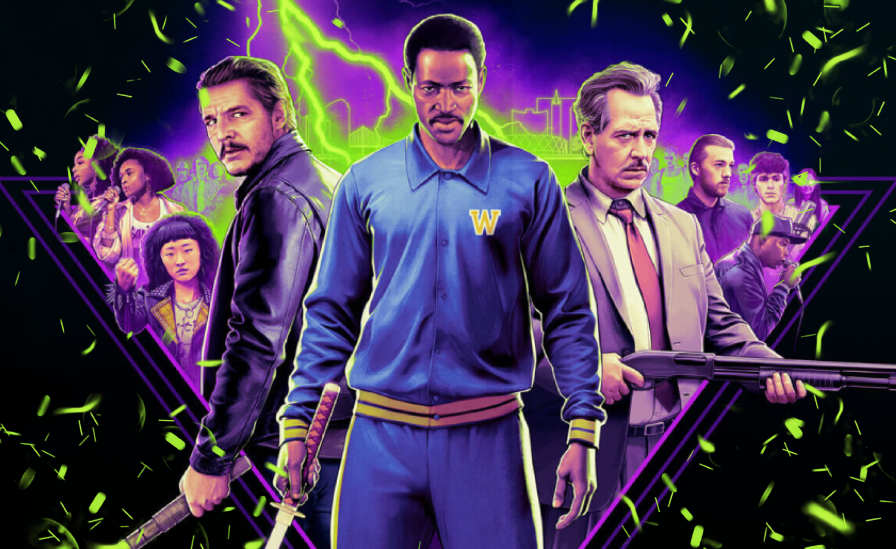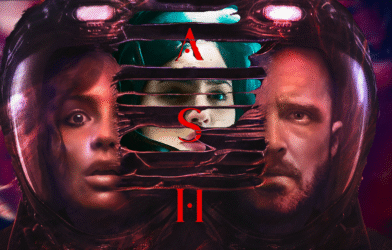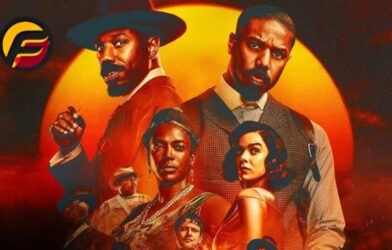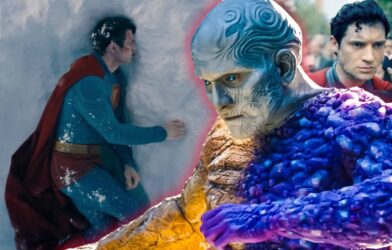Subtotal $0.00
Freaky Tales isn’t just a movie — it’s a wild, glowing love letter to Oakland in 1987.
It ties together four crazy stories, packed with punks, rap battles, NBA legends, and revenge missions — and somehow, Freaky Tales Ending Explained:
And at the heart of it?
Pedro Pascal’s bloody journey as Clint, Sleepy Floyd’s wild rampage, and a mysterious green energy lighting up the city.
Let’s break it down.

Clint’s Story: Revenge, Regret, and Survival (Freaky Tales Ending Explained):
Clint, played by Pedro Pascal, doesn’t show up until later in the movie.
But when he does?
Things get real heavy.
After Antonio — seeking revenge for his father — shoots Clint’s pregnant wife, Clint spirals into darkness.
He’s pulled into a dangerous job by The Guy (Ben Mendelsohn), who’s plotting to rob Golden State Warriors players during a playoff game.
Clint’s got nothing left to lose — but he’s not ready to go down without a fight.
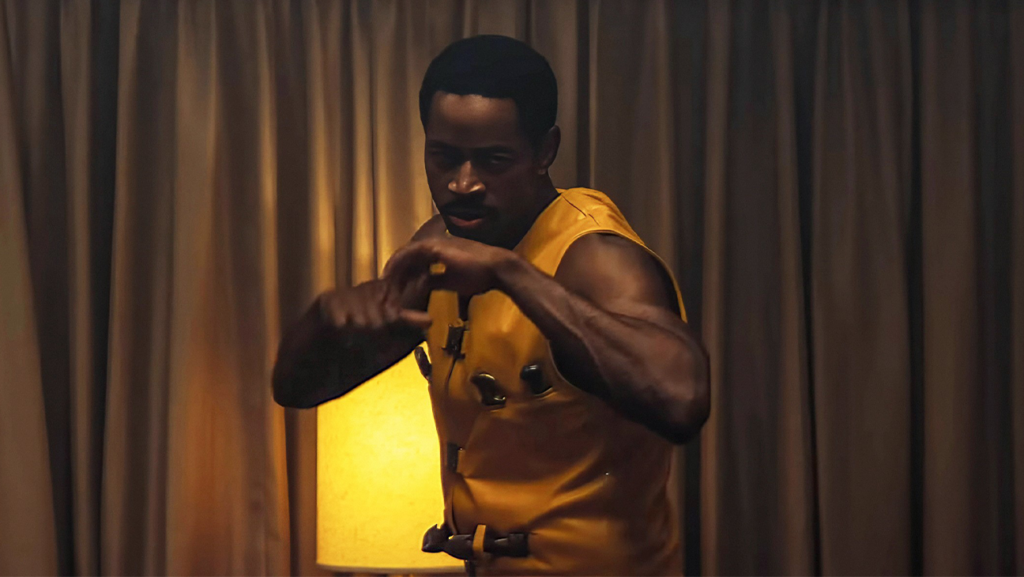
Sleepy Floyd’s Epic Revenge (And Why It’s So Important)
Now here’s where things get crazy.
In real life, Sleepy Floyd scored 51 points in a playoff game in 1987.
In Freaky Tales, he’s turned into a full-blown superhero.
After The Guy’s crew kills Sleepy’s mom and girlfriend, he taps into Psytopics (this weird mindfulness program) — and basically astral-projects himself into The Guy’s house.
He goes full Kill Bill.
Swords. Knives. Exploding guns.
Nazis dropping left and right.
Before leaving, Sleepy writes in blood on the wall:
“Sleepy Floyd is Superman!”
A perfect nod to the real-life game commentary.
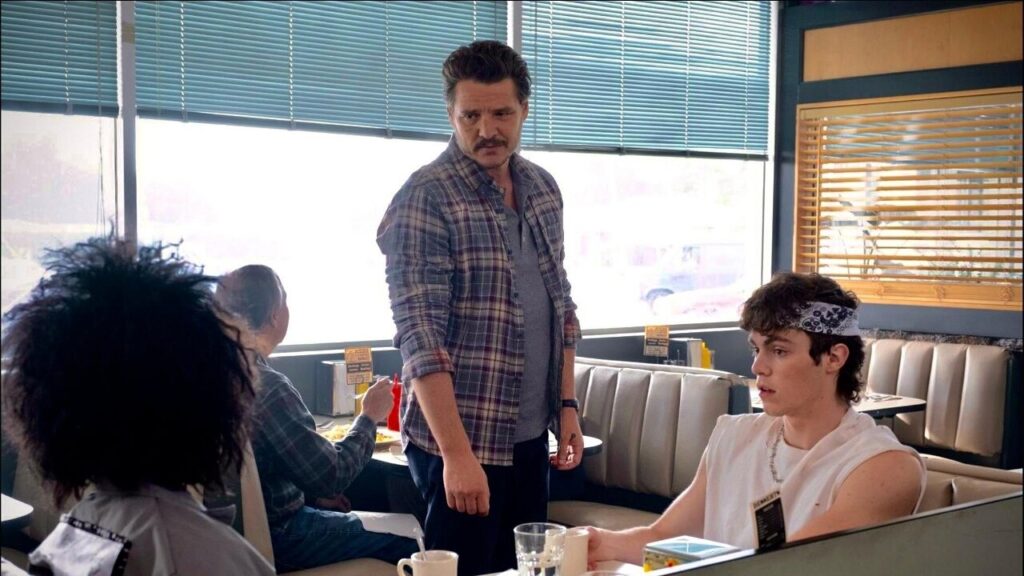
Why Clint Didn’t Snitch on Antonio
At the police station, Clint had the chance to name Antonio as the killer.
He didn’t.
Why?
Because deep down, Clint knew he deserved it.
He killed Antonio’s father years ago.
This wasn’t just some random shooting — it was payback.
In one powerful line, Clint says:
“Maybe it’s time I started bleeding too.”
It’s not about revenge anymore. It’s about facing the wreckage he left behind.
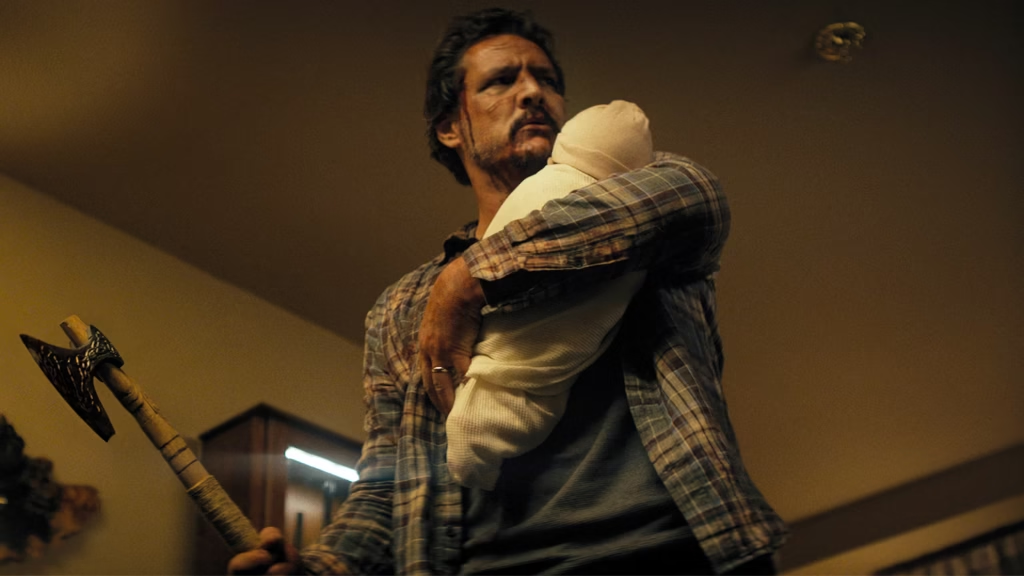
How Lucid & Tina Saved the Day
Lucid and Tina (the punks) might seem like side characters at first — but they’re clutch in the ending.
They overhear Clint’s conversation about the Warriors heist at a diner.
They tip off Sleepy Floyd, giving him the chance to wipe out the robbers and save Clint (and his newborn daughter) from The Guy.
Without them?
Total disaster.
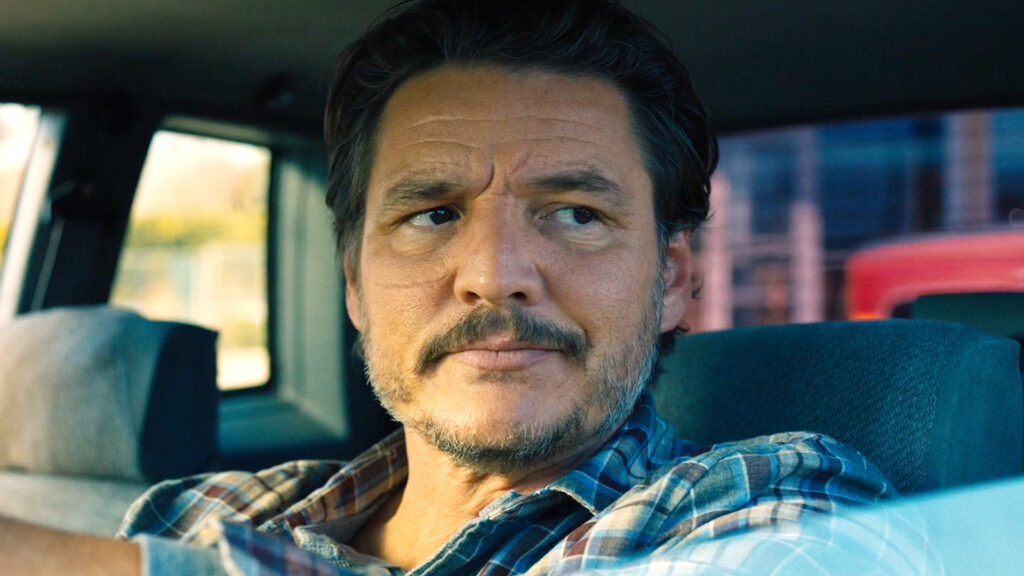
What’s the Deal with the Green Lightning?
You probably noticed the glowing green energy popping up everywhere — tears, microphones, weapons.
It’s not magic.
It’s the soul of Oakland in 1987.
It’s courage.
It’s rebellion.
It’s that wild, untamed energy that made the city come alive.
Kind of like “Michael’s Secret Stuff” in Space Jam — but way cooler.
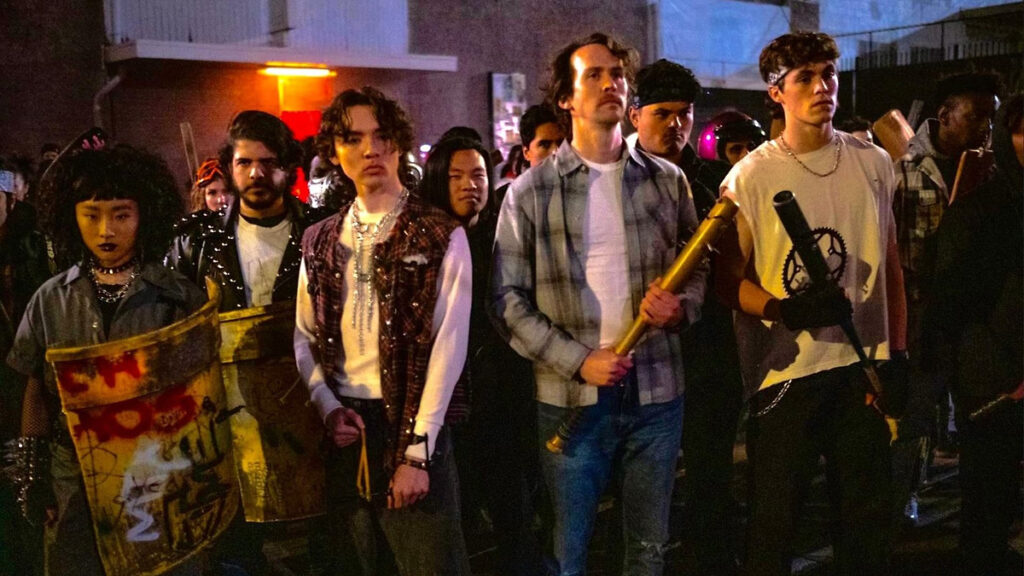
Was Danger Zone Real?
Yup — Danger Zone was an actual rap duo!
They showed up on Too $hort’s track “Don’t Fight the Feeling” back in 1988.
The movie gives them a fun rap battle moment, but in real life, it was recorded in the studio — not live.
Still, it’s a sweet nod to Oakland’s real hip-hop history.
So… What’s the Real Meaning of Freaky Tales’ Ending?
Honestly?
Freaky Tales isn’t trying to tell you a big, deep moral story.
It’s not like Dazed and Confused, carefully recreating history.
It’s more like Pulp Fiction — a crazy, energetic, fictional world built out of real places, real vibes, and real feelings.
It’s a love letter to messy, lively, rebellious Oakland in 1987 — boosted with glowing green magic and a whole lotta heart.
Quick FAQs (Freaky Tales Ending Explained):
Is Freaky Tales based on a true story?
Loosely — it’s inspired by real people, real culture, but with wild, fictional twists.
Was Sleepy Floyd really that good?
Absolutely. His real 51-point game was legendary — the movie just takes it next level.
Where to watch Freaky Tales?
Check your local theaters or upcoming streaming options!


